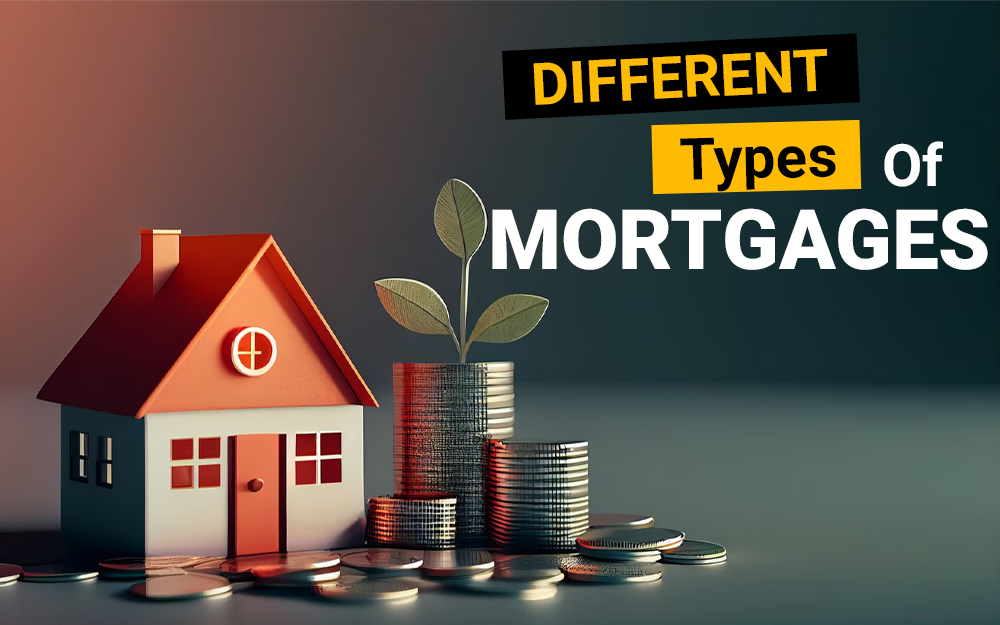Understanding Loan to Value Ratio
Loan to Value (LTV) ratio is a key concept in the mortgage world. It represents the percentage of the property’s value that you are borrowing through a mortgage. For example, if you’re purchasing a home worth £200,000 and have a £20,000 deposit, your mortgage would be £180,000, making your LTV 90%. LTV is a crucial factor for lenders as it helps determine the risk associated with the loan.
How to Calculate LTV Ratio
To calculate the LTV ratio, divide the amount of the mortgage by the total value of the property and then multiply by 100 to get a percentage. For instance:
- Property Value: £250,000
- Deposit: £50,000
- Mortgage Amount: £200,000
The calculation would be:
- LTV=(200,000250,000)×100=80%\text{LTV} = \left( \frac{200,000}{250,000} \right) \times 100 = 80\%LTV=(250,000200,000)×100=80%
This means the LTV is 80%, indicating that the mortgage covers 80% of the property’s value.
Why is LTV Important?
LTV is significant for both lenders and borrowers. For lenders, a lower LTV indicates a safer loan, as the borrower has more equity in the property. For borrowers, a lower LTV can mean access to better mortgage rates, as they present less risk to the lender. High LTVs, typically above 80%, often come with higher interest rates because they represent a greater risk to the lender.
Impact of LTV on Mortgage Terms and Rates
Lenders categorize mortgages into different LTV bands, influencing the interest rates offered. Generally, the lower the LTV, the lower the interest rate. For instance:
- 60% LTV or less: Access to the best mortgage rates.
- 61%-80% LTV: Generally favorable rates but higher than those with lower LTVs.
- Above 80% LTV: Higher interest rates due to increased risk.
Borrowers with higher LTV ratios might face challenges, such as higher monthly payments and increased interest costs over the life of the loan. It’s important to understand these dynamics when choosing a mortgage.
Improving Your LTV Ratio
There are several strategies to improve your LTV ratio:
- Increase Your Deposit: Saving more for a deposit reduces the amount you need to borrow, lowering your LTV.
- Negotiate a Lower Purchase Price: Reducing the property’s price decreases your mortgage amount, improving your LTV.
- Enhance Your Property’s Value: Home improvements can increase your property’s value, thus lowering your LTV.
- Consistently Pay Your Mortgage: Regular payments reduce the mortgage balance, increasing equity and lowering LTV.
LTV and Equity
Your equity in the property grows as you pay down your mortgage or as the property value increases. For example, if you buy a house for £250,000 with a £50,000 deposit (LTV 80%) and later pay off £50,000, your equity increases. If the property’s value also rises, your equity grows even more, potentially lowering your LTV significantly.
LTV’s Role in Remortgaging and Moving Home
LTV is crucial when remortgaging or moving home. If your property value has increased or you’ve paid off a significant portion of your mortgage, your LTV decreases, potentially qualifying you for better mortgage rates. Conversely, a high LTV could limit your options or result in less favorable terms.
For more detailed discussions on mortgage terms and types, you might find our articles on Understanding the Different Types of Mortgages and What Are the Current UK Mortgage Rates? helpful.
Please note: The information provided here is not intended to constitute financial advice. Always seek guidance from a regulated mortgage adviser before making financial decisions.

